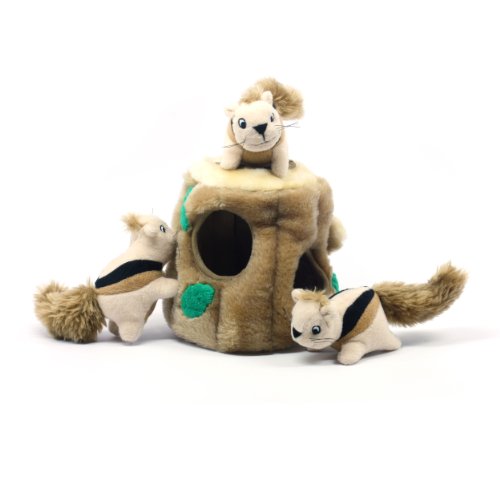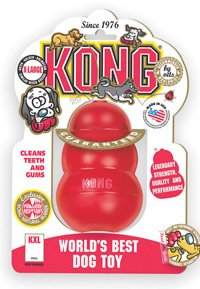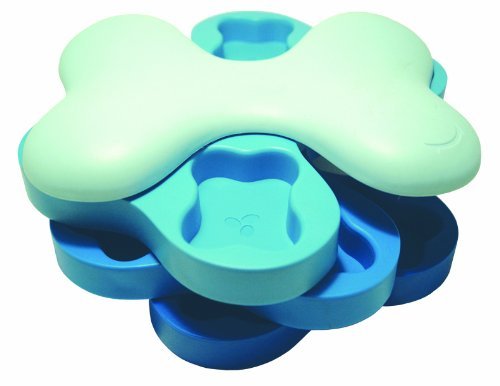
Rushing a pet into the emergency room is a situation every pet owner fears. Many owners have firsthand experience with the anxiety that comes with an emergency situation, and the worry that maybe somehow it could have been prevented. Many times, emergencies cannot be prevented; however, a quick response from both owner and veterinarian can assure that it will be dealt with appropriately.
Informed owners understand their pet’s predisposing risk factors. Risk factors cause some animals to be more likely to develop certain problems than other animals. Breed can be a risk factor; for example, Dalmatians tend to have increased risk of urethral obstructions. Sex of the animal can be a risk factor too. Male pets tend to develop urethral blockage more often than female pets. Urethral blockage is an emergency!
Urethral blockage is when something, for example a bladder stone, blocks urine flow out of the urethra. Compared to females, male pets have a longer, narrower tube (urethra), in which the urine exits from the body. Therefore, in males, it is easier for the tube to become blocked. However, remember, female pets CAN get urethral blockages too!
When urine flow is blocked, the kidney is unable to perform its job, which is to get rid of toxic substances from the body. These toxins will accumulate in the bloodstream. When enough toxins build up, the pet can soon start showing signs of depression, vomiting, shock, and coma. There is also the possibility that pressure building up in the bladder can cause it to burst.
However, if the owner knows what to look for, often urethral blockage can be caught before the pet starts showing severe signs. Here are some key signs to keep an eye out for:
PAIN- When your pet is unable to urinate, the existence of a blockage and a full bladder become very painful. Often the owner will notice that the pet feels uncomfortable or even makes noise (cats tend to howl) when attempting to urinate. The abdomen may be very sensitive to touch. The most common sign, however, is that the pet appears to be straining to urinate. Do not confuse this with constipation, although the two situations appear very similar.
URINATION IN THE WRONG PLACE- There are many reasons that a cat will urinate outside of the litter box. One reason for inappropriate urination is urethral blockage. A dog may not be able to make it outside to urinate, and may dribble urine inside the house. The pet has lost its ability to physically control urinating habits, and may also change its behaviour due to stress induced by the blockage.
ABNORMAL URINATION- As mentioned above, urethral blockage can cause your pet to ‘dribble’ urine, or to urinate only small amounts at a time. As a result, the pet may have to urinate more frequently. A blockage may also damage the urethra, causing blood spots in the urine. These signs may be more difficult to notice in cats (because they urinate unsupervised outside or in the litter box) or dogs spending unsupervised time outside. However, keeping an eye out for changes in volume of urine in the litter box is always a good idea for detecting many medical problems in cats.
A combination of any of the signs may indicate the beginnings of a urethral blockage, keeping in mind that some of these signs are associated with other medical problems, such as urinary tract infections. Once your pet shows these signs, it is often unlikely that it will get better without medical attention. This is a situation that should not be left overnight. If it is addressed right away, your pet has a much better chance of getting better with minimal complications.
Although many times there is nothing the owner can do to prevent urethral blockage, there are a few tips that may help your pet urinate properly. For example, the more water your pet drinks, the less concentrated the urine is. This allows the urine to flush out substances that could eventually cause a blockage. Make sure that your pet is on a diet approved by your veterinarian, especially if it has previously had a urethral blockage. Also recognize that your pet (especially cats) may have disrupted urination habits with new stressors, such as additions to the family, moving, or even new kitty litter.
Some emergencies cannot be prevented, but can be handled in a quick manner when the owner knows what signs to look for in their pet. Understanding how the sex (or breed, age, medical status, etc) of your pet predisposes it to certain problems may save you some anxiety in the emergency room.
Urethral blockage is an emergency which, if ignored, can threaten the life of your pet. If you know the risk factors and signs of blockage, you’ll be able to respond more quickly and effectively if it happens to your pet. For more information on urethral blockage, contact your local veterinarian.
By Ashley O’driscoll – Pets.ca writer
 Seizures in Dogs, Canine Seizures
Seizures in Dogs, Canine Seizures
 How to Exercise Your Dog: The Benefits and Tips For Exercise
How to Exercise Your Dog: The Benefits and Tips For Exercise
 Choosing the best dog toys for your dog or puppy
Choosing the best dog toys for your dog or puppy
 Five Ways to Stop Dog Barking When You Leave Your Pet Alone
Five Ways to Stop Dog Barking When You Leave Your Pet Alone
 The Five Most Common Dog Diseases including Ringworm and Mange
The Five Most Common Dog Diseases including Ringworm and Mange
 How to Winterize Your Outdoor Doghouse
How to Winterize Your Outdoor Doghouse
Copyright © 2005-2016 Pet Information All Rights Reserved
Contact us: www162date@outlook.com